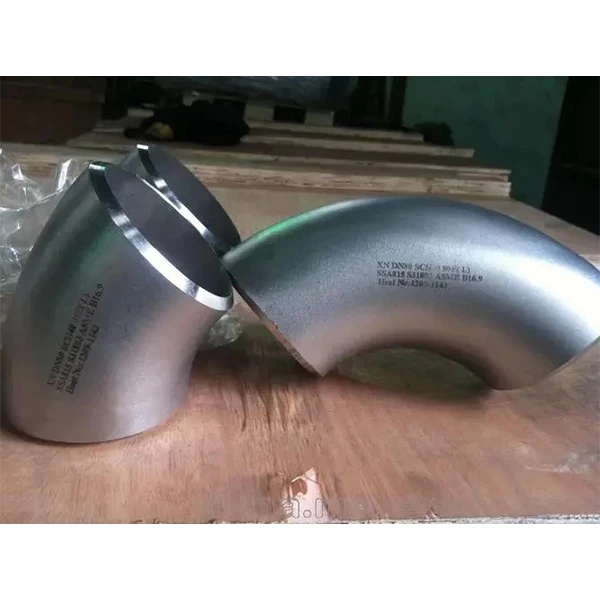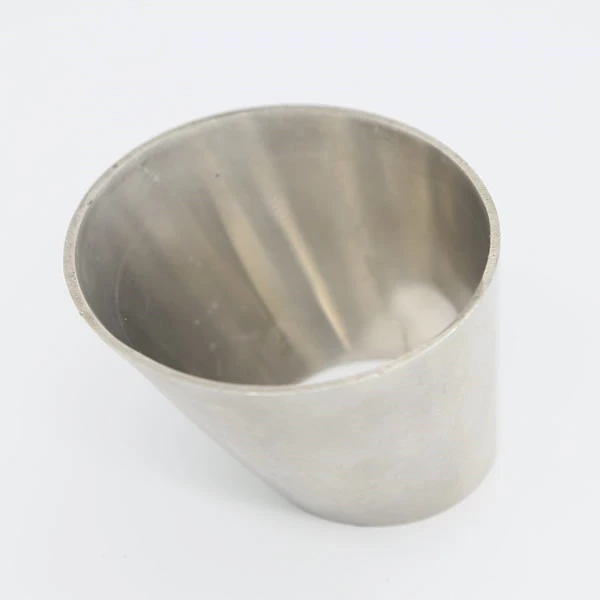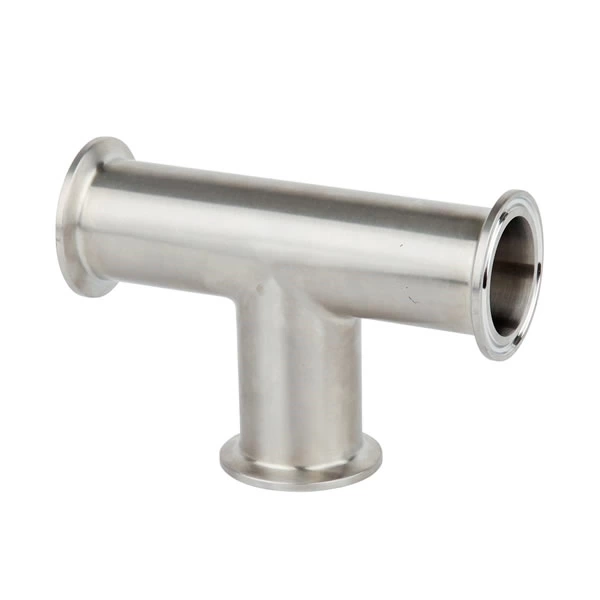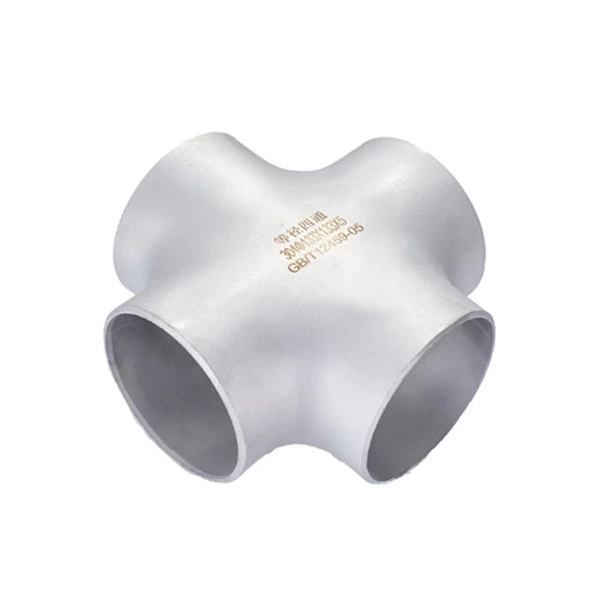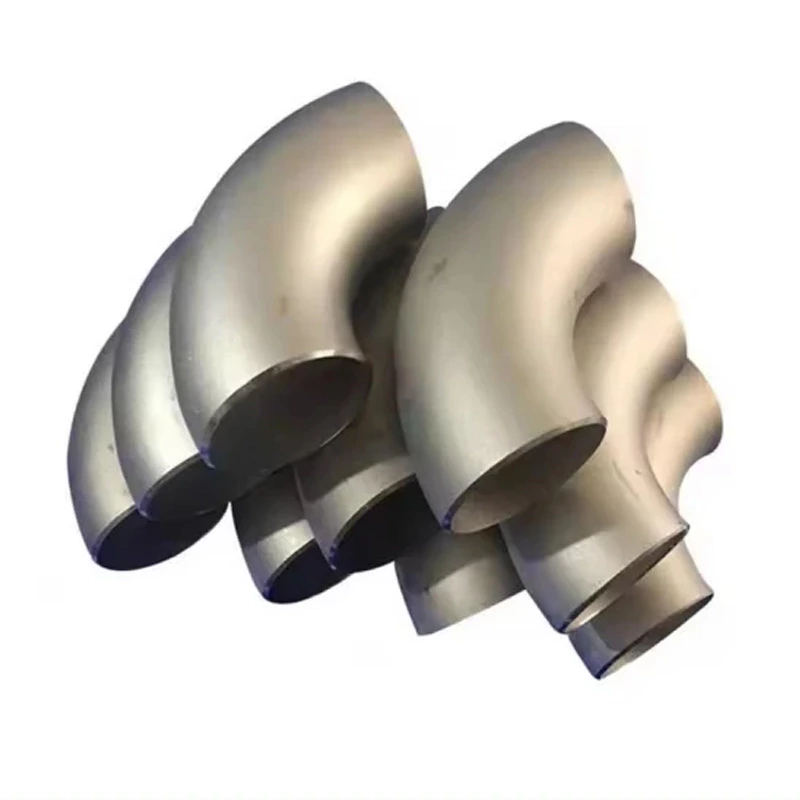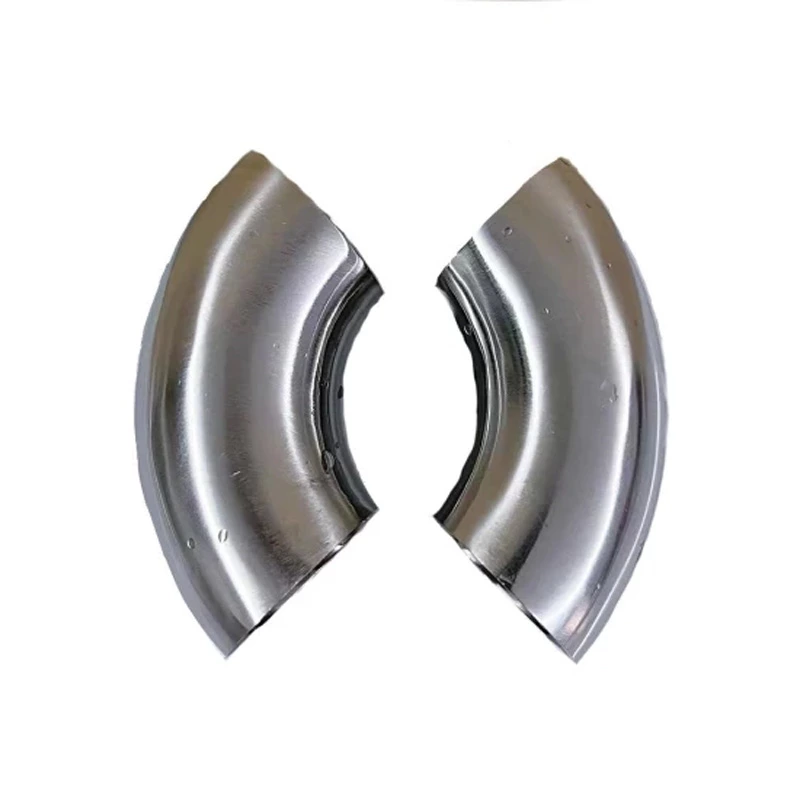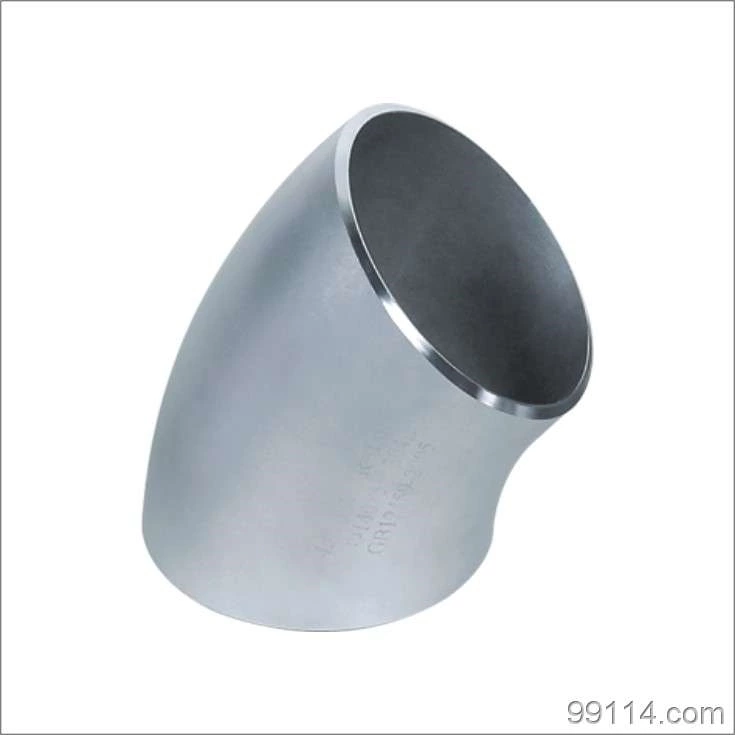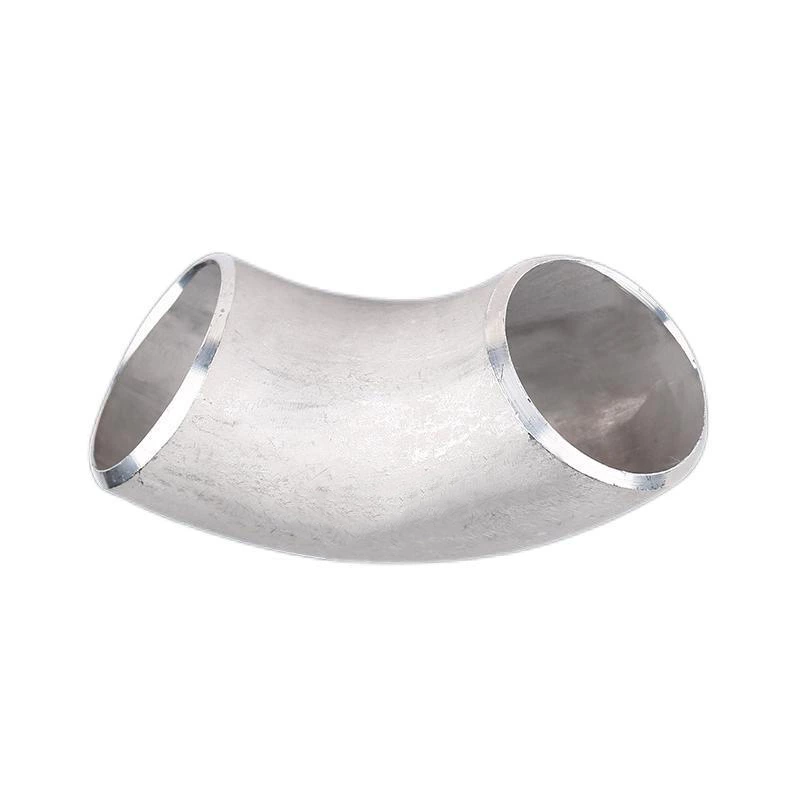Methods And Functions Of Sulfuric Acid Test Items In Stainless Steel Pipe Elbows
Stainless steel elbows are steel that is not afraid of corrosion by weak corrosive media such as air, steam, and water, and chemically corrosive media such as acids, alkalis, and salts. In practical applications, steel that is not afraid of corrosion by weak corrosive media is often called stainless steel stamping elbows. Due to the difference in chemical composition between the two, the former is not afraid of corrosion by chemical media, while the latter is generally stainless.
Methods and functions of sulfuric acid test items in stainless steel pipe elbows
1. Sulfuric acid test: The sulfuric acid immersion Stainless Steel Weld Elbow test can distinguish 302 and 304 from 316 and 317. The cut edges of the sample should be finely ground, and then cleaned and passivated in nitric acid (specific gravity 1.42) with a volume concentration of 20~30% and a temperature of 60~66℃ for half an hour. The volume concentration of the sulfuric acid test solution is 10%, and it is heated to 71℃. When 302 and 304 steel are immersed in this hot solution, they are corroded slowly and produce a lot of bubbles. The samples turn black in a few minutes. However, the samples of 316 and 317 steel are not corroded or react very slowly (no bubbles are produced). The samples do not change color in 10 to 15 minutes. If a sample with a known composition is tested at the same time for approximate comparison, the test can be made more accurate.

